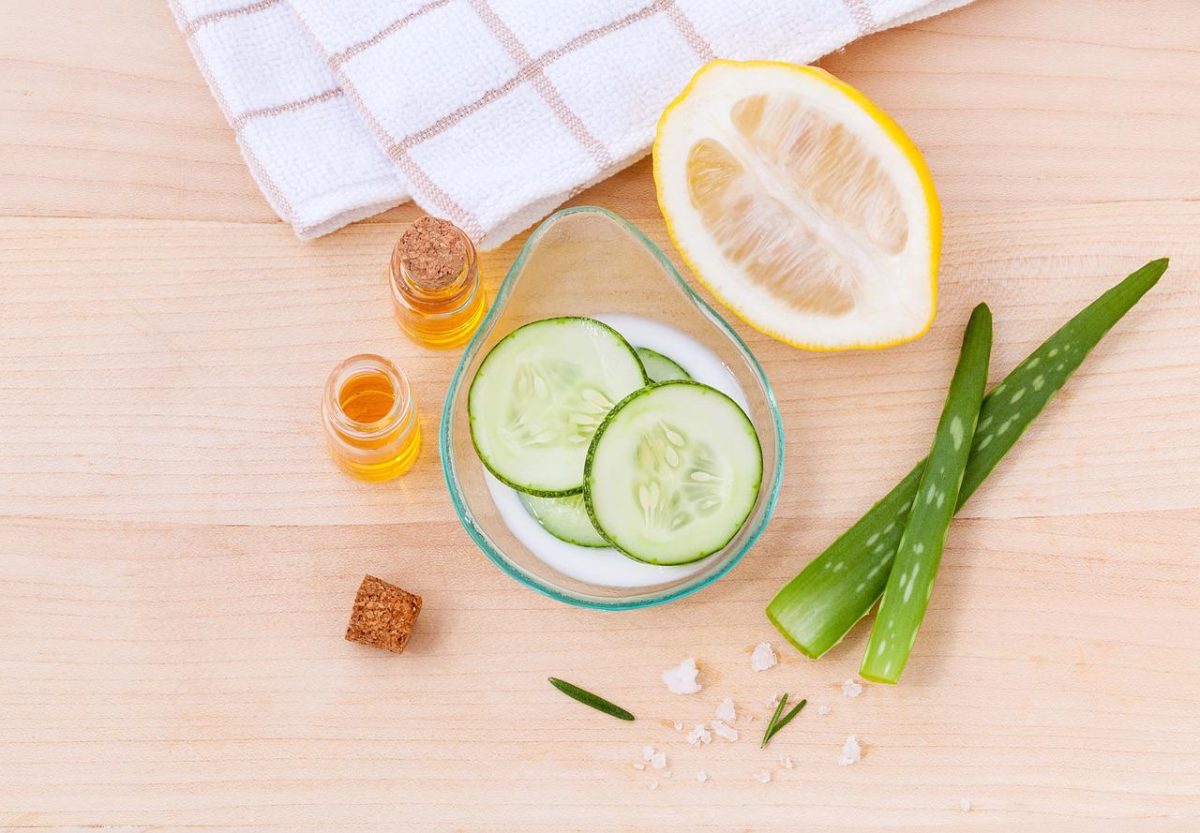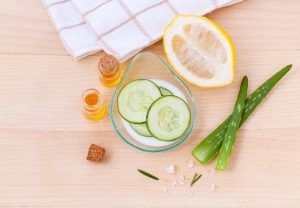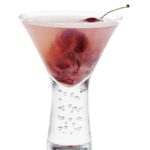The Beauty of Sustainable Personal Care Products
Sustainable personal care products are more than those that are packaged in recyclable materials. To be classified as truly sustainable, the product ingredients must be extracted, processed and disposed of while adhering to environmental, social, and economic regulations.
What Are Sustainable Beauty Products Made From?
When humankind first started using products to enhance physical appearance, they were derived from nature. Pigment was extracted from petals and bugs, moisturizer from olives and beeswax, and perfume from bark and herbs.
At some point, the industry shifted to other ingredients to preserve shelf-life, enhance colors, and make cheaper products. Thankfully, though, we’re seeing a return to sustainably sourced products with more natural ingredients. Sometimes it isn’t about what the makeup or cleanser does contain but, rather, it’s about what it doesn’t contain that makes it sustainable.
For cosmetics or beauty products to be considered green or clean, they should be free of the following ingredients:
BHA and BHT
Butylated hydroxyanisole and butylated hydroxytoluene are synthetic antioxidants that preserve the shelf life of lipstick and moisturizers. BHA and BHT can negatively affect the functions of the endocrine system.
Coal Tar Dyes
This is a form of petrochemical that has been linked to causing cancer in humans. It’s often used to treat dandruff.
Formaldehyde-releasing Preservatives
These preservatives may prolong the life of a product, but they are known to be human carcinogens.
Aluminum
While aluminum works well as an antiperspirant, when it enters the body through the skin it has the potential to promote breast cancer, Alzheimer’s development, and osteoporosis.
DBP
Dibutyl phthalate is a solvent for dyes and is used in beauty products such as nail polish. DBP has been linked to genetic mutations in human reproduction. It’s banned from children’s toys in places such as Canada but has not yet been banned in the beauty industry.
Instead of these potentially harmful ingredients, many brands are modifying their formulas to include the following instead:
Fatty Acids
A lubricant such as coconut fatty acid can be used in soap and lotion.
Natural Oils
Castor oil (from seeds) or coconut oil make excellent carrier oils and can be used as anti-inflammatory or anti-dandruff ingredients.
DMDM Hydantoin
For a preservative with fewer harmful side effects, look for DMDM Hydantoin in rinse-off and leave on products such as eye creams, conditioners, and sunscreen.
Phenoxyethanol
This is another clean alternative to formaldehyde-based preservatives. Phenoxyethanol inhibits bacteria and mold growth in cosmetics.
Other ways beauty products are going green is by utilizing eco-friendly packaging. For example, instead of purchasing shampoo in a bottle, opt for a brand that offers shampoo bars with minimal packaging. Use reusable products instead of single-use, such as swapping out cotton rounds for washcloths.
The Beauty of Sustainable Cosmetics
Our Earth’s resources are finite, so purchasing beauty products that are sustainably sourced helps reduce the consumption of non-renewable raw materials. It’s also good for our health to avoid slathering carcinogens in our hair and on our skin.
It’s Better for the Environment
Do you remember the microbeads craze of the early 2000s? Body scrubs were full of tiny plastic beads that were touted as effective exfoliants. Unfortunately, the microbeads don’t dissolve, and trillions were discovered to be polluting our water. By 2015, US President Obama signed a bill to ban microbeads and other plastics that measured smaller than 5 millimeters.
Increasing awareness of ingredients such as microbeads that harm the environment helps us reduce our impact and preserve more of the Earth for future generations. Besides reducing water pollution, the benefits of clean beauty include:
- Reduced packaging waste
- Less water waste in production
- Less carbon production
- Reduced animal cruelty
You may not think of a dumpster rental company as being invested in reducing waste, but Western Elite certainly is. They make it their mission to sort through all waste collected in their dumpsters to remove recyclables. It’s one way they can reduce how much waste ends up in landfills and ensure materials are recycled when possible. What if, as beauty and hygiene product consumers, we do our part by purchasing products with less packaging, or packaging that is recyclable?
Another important tenet of clean beauty products is that they’re cruelty-free. This means the products, such as Alastin Skincare sold by Barr Aesthetics, aren’t tested on animals. Not only are you getting a product that’s better for you and the environment, but it’s one that doesn’t engage in animal testing.
It’s Better for Our Health
Less exposure to carcinogens is always a good thing. Green cosmetics can reduce the likelihood of the following health concerns:
- Acne
- Cancer
- Eye damage
- Headaches
- Hormonal imbalances
- Type II Diabetes
Did you know that natural ingredients can promote your skin’s health and, in turn, may make it possible to use less product in the long run? Instead of making your skin dependent on a synthetic product, nourish it with something more healing that’s derived from plants. Man-made beauty products can increase irritation and cause allergic reactions that leave you turning to other products for relief. Stop the cycle by using non-irritating, clean products in the first place.
Is It Worth it for Consumers and Brands?
Data from the 2022 Consumer Sustainability Survey shows that 58% of US consumers are not only interested in purchasing sustainable personal care products, but are willing to pay up to 40% more for them.
It’s becoming more popular for consumers to check labels before investing in beauty products. They’re not only looking for brands that refrain from animal cruelty, but who also manufacture their products in more ethical and eco-friendly ways. Consumers also want clean products derived from natural ingredients for their effectiveness.
Sustainable products are good for employee morale too; the World Economic Forum reports that employees who work for companies with a focus on more than just churning out a product for profit are more engaged in their jobs. They feel they have a purpose that goes beyond the work itself; they’re involved in environmental efforts that mean something.
Boosting both consumer and employee satisfaction is part of what motivates brands such as Ulta and Sephora to make at least half of their packaging recyclable (by 2025) and to eliminate certain synthetic ingredients altogether from products.
As sustainability continues to grow in popularity, brands will need to vie for space on shelves by proving their commitment to preserving both the beauty of their customers and the environment.


 Follow
Follow





No Comment